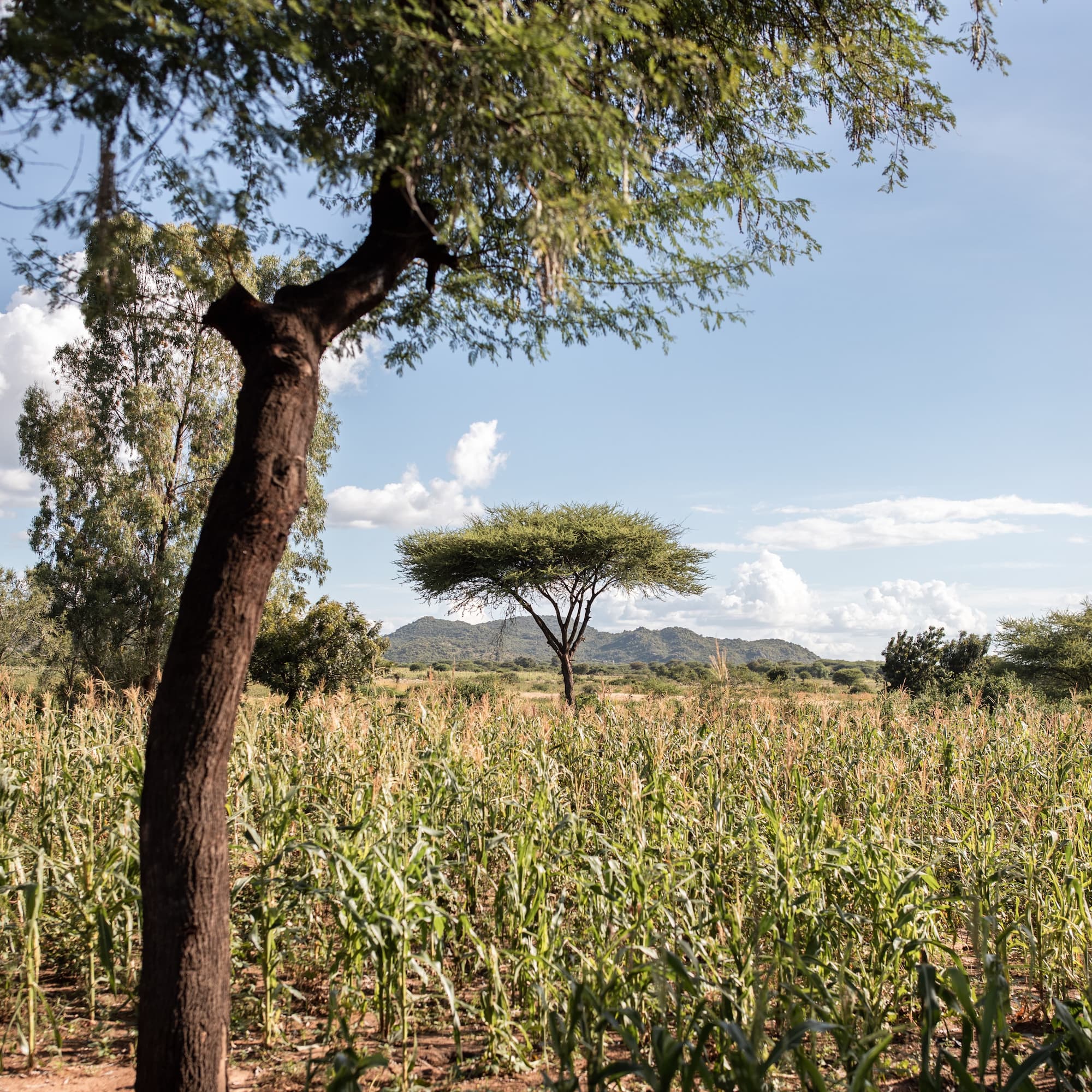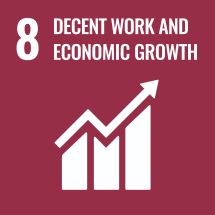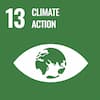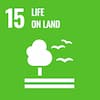We are planting 40,000 trees
Kodak Alaris is a leading provider of information capture solutions that simplify business processes. We exist to help the world make sense of information with smart, connected solutions powered by decades of image science innovation. Our award-winning range of scanners, software, and industry-leading professional services are available worldwide and through our network of channel partners.

Our latest impact statistics based on trees we are planting
Trees in our forest
Carbon sequestered from our forest
Hover over the graph to reveal tonnes of CO2 sequestered over time.
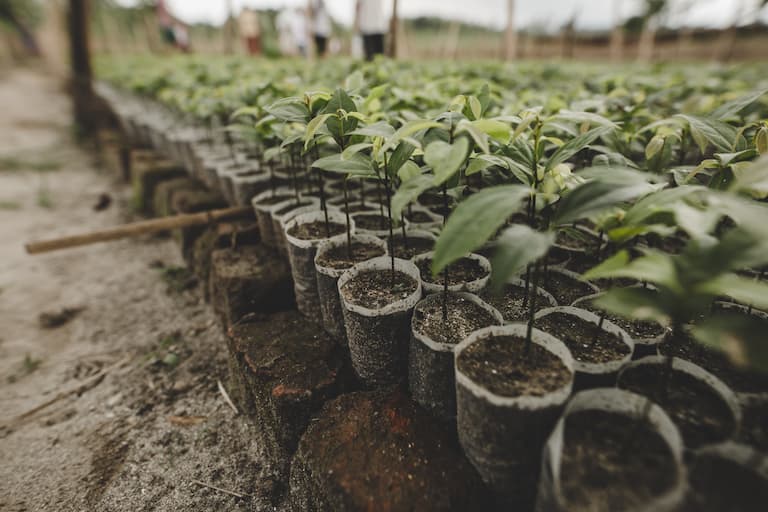
Why we're investing in Nature-Based Solutions
At Kodak Alaris, we have a passion for reimagining our responsibility. Today, millions of people (and businesses) are exposed to the effects of biodiversity loss and climate change. We exist to help businesses digitize and work towards paperless strategies. At Kodak Alaris we believe we have our part to play in rebuilding the ecosystem through sustainable farming practices while supporting local communities, addressing economic inequality, and regenerating nature. We believe that in order to see the difference we need to make a difference. That is why we have partnered with veritree to restore the environment in countries around the world.
Sustainable Development Goals supported
Our Sustainability Story
At the core of our business here at Kodak Alaris, we strive to create a roadmap for other businesses on their digital transformation journey. We exist to help businesses reduce paper with intelligent document processing solutions while striving to re-imagine our responsibility and how we can impact the world of doing business for future generations to come.
Through our partnership with veritree, we are working together to aid in agroforestry initiatives in East Rwanda that not only give back to our environment through tree planting, but more importantly, help create sustainable futures for entire ecosystems.
Frequently Asked Questions
What are Nature-Based Solutions?
‘Nature-Based Solutions’ is a technical term that simply describes an action that results in either avoided deforestation or enhancing a carbon sink through reforestation or ecosystem restoration.
According to analysis by the World Economic Forum and McKinsey, Nature-Based Solutions are a cost-effective means to deliver up to one-third of the emissions reduction needed by 2030 as part of the net zero transition to achieve a 2-degree pathway.
Moreover, investment in Nature-Based Solutions, when done well, can accrue co-benefits that help address other societal challenges while being good for business, people, and nature. However, when done badly, the investment may do more harm than good.
Where does veritree plant trees?
veritree works with planting organizations across the globe to verify Nature-based Solutions (NbS) projects. We are initially launching the platform with planting projects in Canada, Kenya, Madagascar, United States, and Tanzania with plans to quickly expand to more sites in the coming months.
The veritree platform was built to be easily used by any restoration practitioner looking to develop and operate high-quality NbS projects. Our ground-level monitoring tools enable any planting organizations in any location in the world to scale NbS. This enables to connect planting organizations with corporate partners and donors to support their restoration initiatives.
How does veritree ensure the trees that are planted are protected?
Approximately 10% of the funding for tree planting goes to protecting the forest for the initial 3-5 years - the critical years where trees are most vulnerable. We also establish buffer pools to cover any potential abnormal losses.
But veritree goes beyond simply allocating money. We work closely with the local communities to showcase the immense value newly planted forests bring to their families. Through education and by involving them in the monitoring and reporting process, we find local communities quickly develop a deep sense of ownership and pride over their trees, leading to effective management over the long-term, keeping forests not just alive, but keeping them thriving.
How does veritree estimate its carbon sequestration rate?
Let’s start off by acknowledging that carbon accounting is extremely challenging and accounting for carbon sinks is still an evolving practice!
Our current estimates are based upon averages derived from a cross-section of studies conducted on mangrove ecosystems in equatorial regions focusing on countries in Southeast Asia and Africa, and Acadian ecosystems in Eastern Canada. The following variables are taken into consideration when we estimate carbon sequestration rate: i) species planted (including maturity age of the tree species), ii) forest type, iii) region, and iv) average tree survivability. Based on these variables, carbon sequestration is first calculated at the hectare level and includes above ground carbon (leaves, plant biomass, stumps, etc.), below ground carbon (roots, debris, etc.), and soil carbon (carbon that has been affixed to the soil). Carbon sequestration estimates are then quantified at the per tree level based on forecasted planting densities.
When primary data are not available, as a general rule of thumb, veritree uses a conservative set of secondary data, proxy data or assumptions to ensure that we are not overestimating the carbon sequestration rate resulted from our projects. Moreover, we use data collected at the site-level to validate or adjust our estimations and we will continue to improve our estimation method through building partnership with academics in this space. It is also important to note that veritree currently does not offer carbon credits as part of our service due to uncertainties around carbon credits and accounting of carbon sinks.
While we have referenced credible academic papers to arrive at our best estimate of carbon sequestration resulting from our project portfolio, we acknowledge there are limitations and uncertainties based on our current estimation methodology. As such, we will continue to improve our estimation method through building partnership with academics in this space.
Source: Jones, Trevor G., Harifidy Rakoto Ratsimba, Lalao Ravaoarinorotsihoarana, Garth Cripps, and Adia Bey. "Ecological variability and carbon stock estimates of mangrove ecosystems in northwestern Madagascar." Forests 5, no. 1 (2014): 177-205.
Benson, Lisa, et al. Mangrove Carbon Stocks and Ecosystem Cover Dynamics in Southwest Madagascar and the Implications for Local Management, Multidisciplinary Digital Publishing Institute, 31 May 2017, https://www.mdpi.com/1999-4907/8/6/190/pdf.
How does veritree ensure permanence and additionality of its project portfolio?
Additionality and permanence are critical to ensuring we are actually having an impact (not just doing something that would have happened anyway), and that the impact we have is long lasting.
To ensure additionality, each tree planted through veritree platform has its own unique QR code to make sure that it is new and unique. We collaborate with both corporate partners and local planting partners from tree order to tree planting and beyond to ensure a seamless process that creates new carbon sinks that otherwise would not have been planted.
To ensure permanence, veritree gathers on-the-ground monitoring to ensure trees remain in the ground over the first five years of its life. Part of the tree planting funding goes towards protection (from animals and human intervention) and by year 5 and onward, remote sensing (e.g. satellite imagery) is incorporated to monitor the long-term growth of the forest.
What do veritree’s 3 levels of verification mean?
Level 1 – The first level of verification is complete once planting planters have submitted their planting form, activities, and applicable evidence through veritree’s Collect App.
Level 2 - During the second level of verification, planting site management (leads and supervisors) check the data and information submitted via a planting site review and data check.
Level 3 - The third and final level of verification is conducted by veritree. At this stage all submitted data and evidence is analyzed by our internal machine learning algorithms to check for accuracy.

